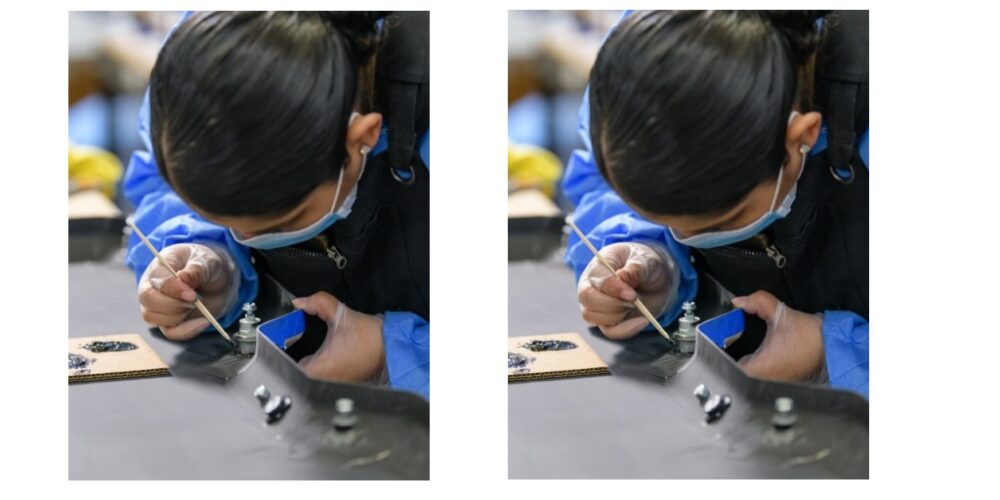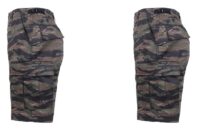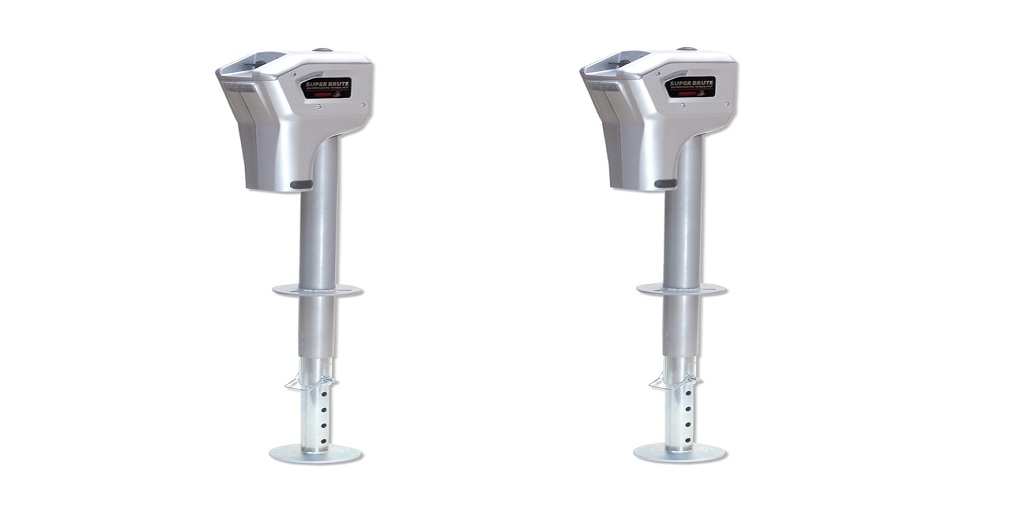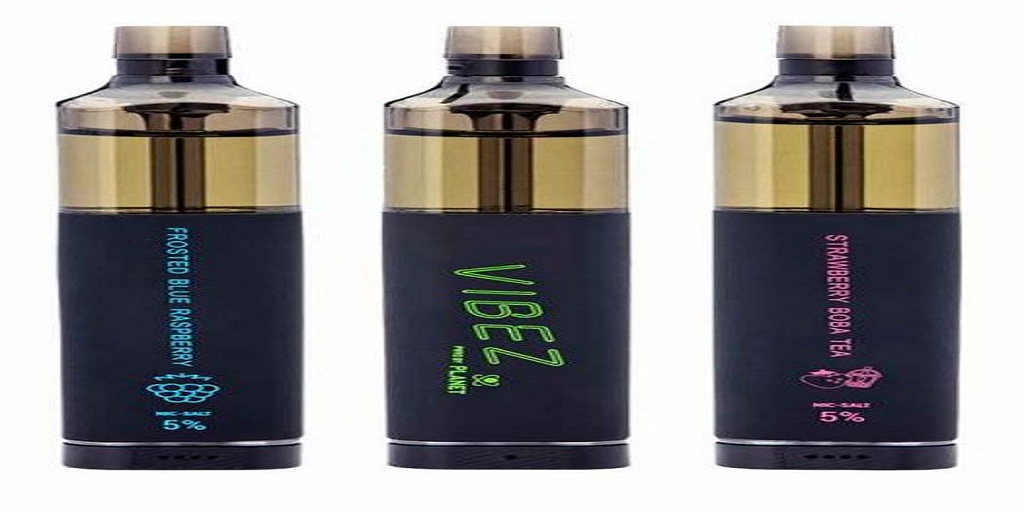Since the invention of carbon fiber, manufacturers have studied ways to incorporate this super composite into their processes and products. The aerospace industry was among the early adopters of high-performance carbon fiber due to its incredible strength-to-weight ratio and malleability. However, the costs associated with carbon fiber manufacturing were a strong deterrent, limiting the use of composites for very specific applications.
However, during the past few years, carbon fiber manufacturers have come up with innovative ways to scale up their processes, making carbon fiber more accessible for ambitious projects. A few years ago, Volvo, an automaker known for its focus on innovation and safety, announced that its Polestar models would feature a full carbon fiber body. Their goal was to produce a lighter vehicle that would lengthen the independence range of their batteries.
The only sticky point was to prove that carbon fiber bodies were as safe as steel or aluminum structures. So, the company decided to perform a crash test and see if their reinforced polymer bodies were ready to trickle down into more of their models. Volvo discovered that composites would absorb most of the impact energy instead of being dangerously warped and bent like steel. Their video, which is available on YouTube, shows that the frontal impact didn´t even warp or misaligned carbon fiber panels beyond the frontal areas, and the windshield remained intact.
After carbon fiber proved to be both energy-efficient and safe, even more makers started considering this super material for commercial-grade production. Volvo released their Polestar line, along with their high-end yet classic Volvo P1800 Cyan which perfectly encapsulates the spirit of 1960s racing cars.
Porsche and BMW also ventured into the world of composite materials, especially in their hybrid and electric vehicles.
This year, Mercedes Benz released their Vision EQXX concept car with a completely redesigned body design and innovative battery technology. The vehicle borrowed a lot of ideas from its Formula 1 counterparts, reducing drag coefficient by an impressive 33%, and greatly decreasing energy requirements to counter air resistance.
However, the lightweight properties of carbon fiber played an essential role in the success of the EQQXX. Mercedes Benz not only built the car´s frame out of carbon fiber but also replaced internal components with composite alternatives. Since most of the weight of an EV comes from the batteries, the automaker used carbon fiber to make them 30% lighter and reduced their volume by 50%. The vehicle completed a non-stop journey that went from Germany to France and took 12 hours to complete.
This feat gave manufacturers a renewed interest in composites for commercial-grade applications in the automotive and energy industries. Given the increased demand for composite materials, the market is set to surpass 2,377 million in ten years. That means a 200% market expansion and a boon for carbon fiber manufacturers like the US-based Protech Composites. They are dedicated to delivering high-performance products for the most demanding industries and are among the fastest-growing US-based carbon fiber manufacturers given their dedication to quality and performance. Visit their website today and find out more about how they can provide the materials you need for your project.












